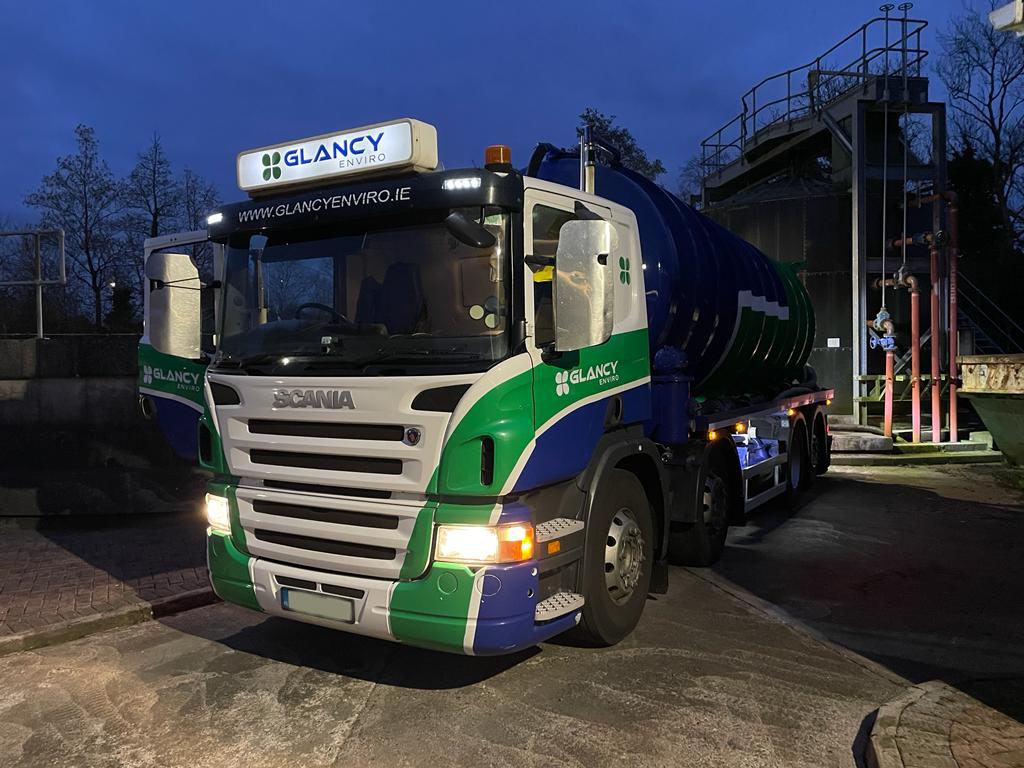Reclaim Waste - An Overview
Reclaim Waste - An Overview
Blog Article
The Of Reclaim Waste
Table of ContentsReclaim Waste Things To Know Before You BuyGetting My Reclaim Waste To WorkWhat Does Reclaim Waste Mean?7 Easy Facts About Reclaim Waste ExplainedThe Ultimate Guide To Reclaim Waste
Domestic sewer waste refers to the waste and products from a residential septic storage tank. The appropriate monitoring and disposal of domestic sewer waste need liquid waste to be moved to a sewer treatment plant where the proper methods and equipment are used to purify and dispose of waste.
Commercial waste frequently includes potential risks, such as flammable materials or a mixture of liquid and solid waste items, and needs an advanced and in-depth disposal process. The disposal of industrial waste typically involves the filtration of waste prior to transport to ensure safe and proper disposal. Hazardous waste is produced from results and overflow of industrial processes and manufacturing.
This sort of waste can not make use of the exact same sewage monitoring transportation or procedures as septic or industrial liquids. The hazardous waste management procedure needs the evaluation and testing of liquid waste prior to it undertakes the disposal procedure (liquid waste removal). Overflow waste is the fluid waste that comes from drainage and excess stormwater in highly populated locations or cities
Drainage waste can cause contamination and flooding if not handled correctly. Making certain proper waste administration can protect against catastrophes and reduce environmental harm.
The Ultimate Guide To Reclaim Waste
Get in touch with PROS Providers today to discover our waste administration and disposal solutions and the correct ways to take care of the fluid waste you generate.
(https://www.edocr.com/v/pd6avrzq/leonaube33101/reclaim-waste)This supposed 'wastewater' is not only an essential resource yet, after treatment, will be launched to our land, waterways or the sea. Made use of water from bathrooms, showers, bathrooms, kitchen area sinks, washings and industrial processes is known as wastewater.

water made use of to cool machinery or clean plant and devices). Stormwater, a form of wastewater, is runoff that flows from farming and metropolitan locations such as roof coverings, parks, gardens, roads, paths and rain gutters right into stormwater drains, after rain. Stormwater moves neglected straight to neighborhood creeks or rivers, at some point reaching the sea.
Reclaim Waste - Truths
In Queensland, many wastewater is dealt with at sewage treatment plants. Wastewater is transported from residential or industrial sites with a system of sewers and pump stations, recognized as sewage reticulation, to a sewage treatment plant. City governments construct, maintain and run most sewage therapy plants. Operators are licensed under the Environmental Management Act 1994 to release treated wastewater at an appropriate environmental criterion right into waterways.
The Division of Natural Resources suggests neighborhood federal governments concerning handling, operating and preserving sewage systems and treatment plants. In unsewered areas, local governments might require owners to mount private or household sewer treatment systems to treat domestic wastewater from commodes, kitchen areas, washrooms and laundries. The This Site Department of Natural Resources authorises making use of house systems when they are shown to be reliable.
In some new communities, treatment of some stormwater to eliminate clutter, sand and gravel has started making use of gross contaminant traps. Wastewater treatment happens in 4 stages: Eliminates solid issue.
Uses tiny living microorganisms recognizes as micro-organisms to break down and get rid of remaining dissolved wastes and fine particles. Micro-organisms and wastes are included in the sludge.
Little Known Questions About Reclaim Waste.
Nutrient elimination is not available in any way sewer therapy plants because it calls for costly specialized tools. It is ending up being much more common in Queensland. Clear liquid effluent created after therapy might still have disease-causing micro-organisms. If this effluent is released into rivers such as rivers or the sea, the micro-organisms will ultimately pass away out.

This usually indicates wastewater needs to be treated or contaminants gotten rid of prior to it can be discharged to rivers. Most wastewater flows into the sewage system. Under the Act, local federal governments carry out approvals and permits for environmentally relevant activities (ERAs) involving wastewater launches that might have a neighborhood effect. The division provides approvals and licences to Ages involving wastewater releases that might have a regional or statewide influence.
The 25-Second Trick For Reclaim Waste
Surveillance supplies valid info about water top quality and can validate that licence conditions are being fulfilled. The details gotten via tracking provides the basis for making water top quality decisions.
Report this page